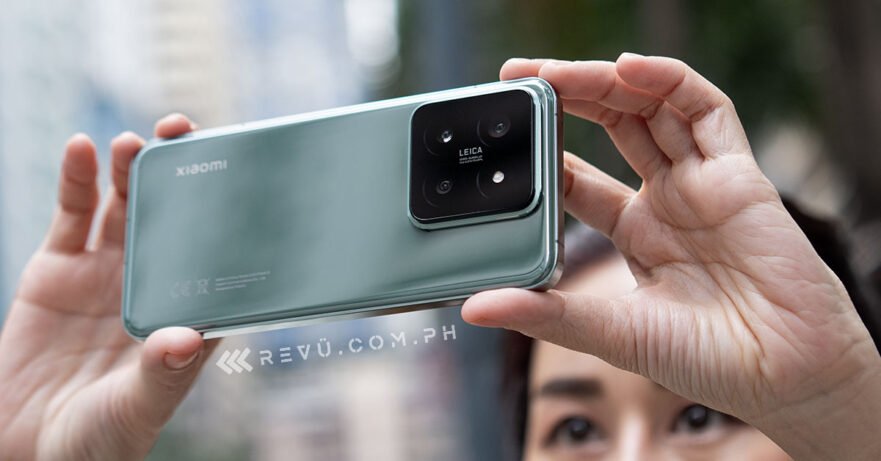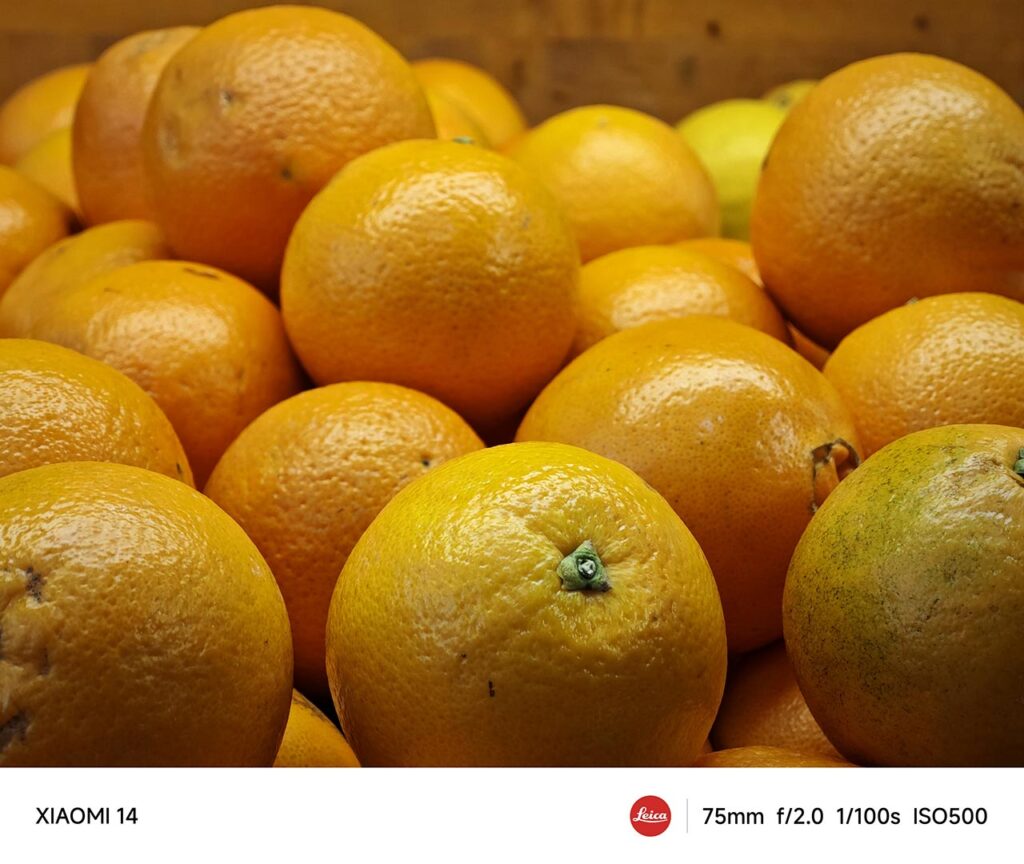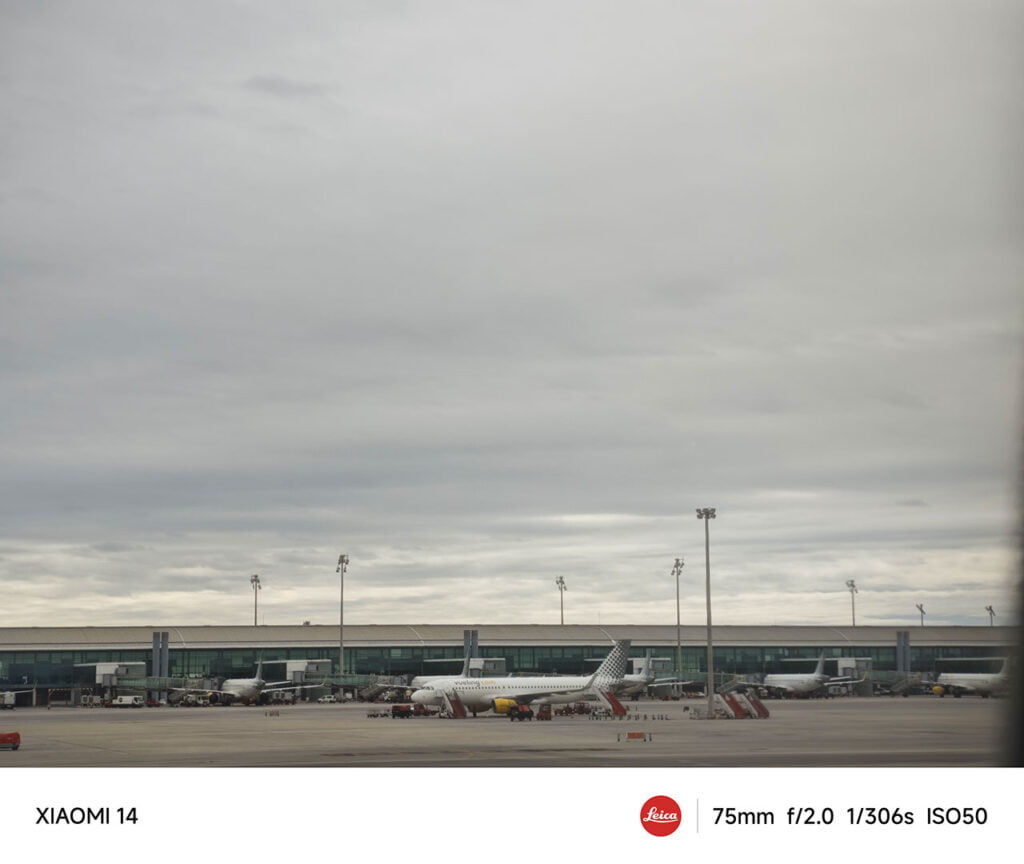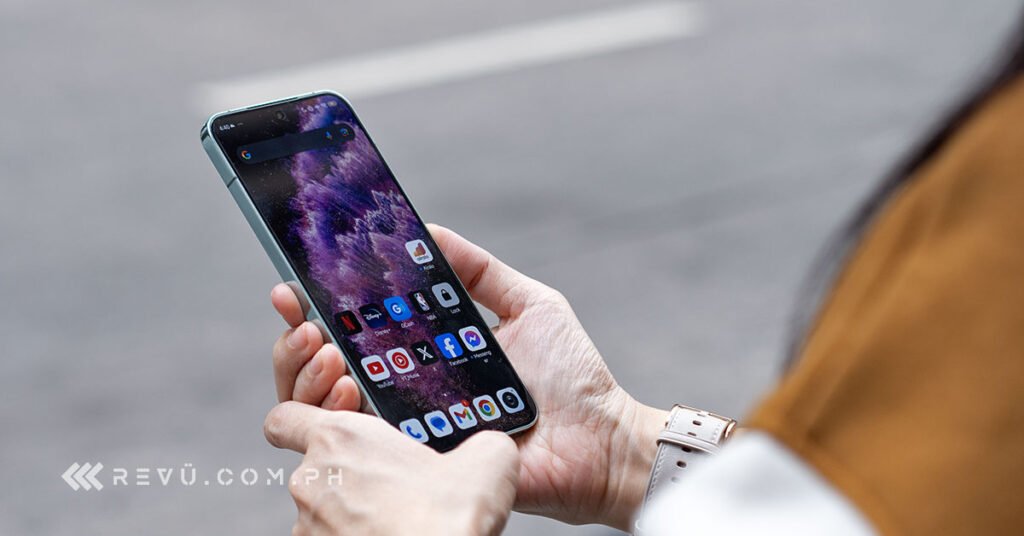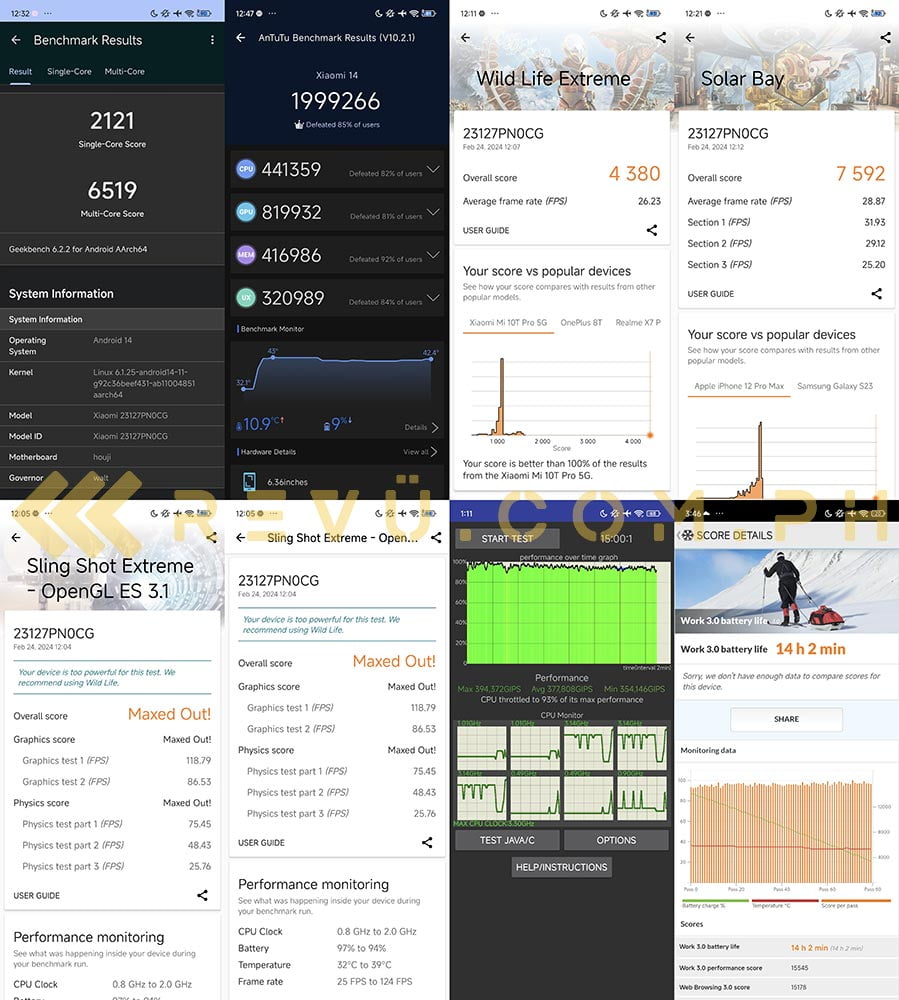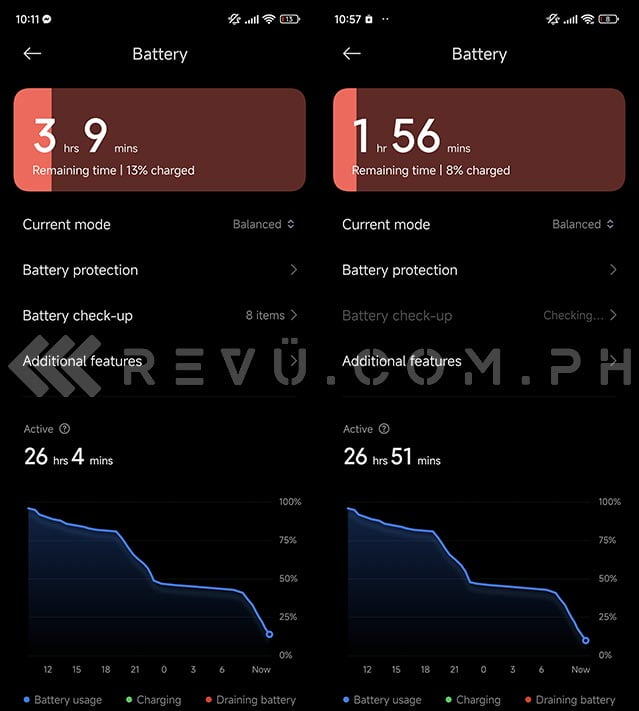Xiaomi‘s latest compact flagship is now available for preorder in the Philippines until March 7, following the global launch of the Xiaomi 14 series at the recently concluded MWC [Mobile World Congress] 2024 in Barcelona, Spain, which we covered for another brand.
Locally, the base version with 12GB RAM and 256GB of internal storage carries a suggested retail price of P45,999 (around $822 converted), while the top-end 12GB/512GB variant we used to write this review costs P47,999 ($858). As there is no microSD card slot here, opting for the more expensive model is the only way to get more storage on your phone.
Interestingly, Xiaomi has decided to skip the Pro variant for international markets, including the Philippines, opting to launch the regular Xiaomi 14 and Xiaomi 14 Ultra instead. And while we’re not saying that’s a bad thing, we do think the decision places a heavier burden on the smaller flagship’s shoulders, since we’re not optimistic that a lot of people will be willing to pay a much higher premium for a bigger and better screen and more imaging features, especially if they were never into capturing pro-quality photos and videos using a smartphone to begin with.
Xiaomi 14 unboxing. Scroll down for more sample images, mostly captured in Barcelona, Spain
If the brand is to succeed in making the Xiaomi 14 an attractive option not just for fans of small-sized flagship, it needs to tick a lot of boxes: an excellent screen, good battery life coupled with quick-charging times, versatile cameras that excel in daylight and at night, and — last but not least — good-looking hardware. For the humble Xiaomi 14, those are a lot of boxes to check.
So, how does the phone fare after weeks of use? We break it down for you in this review.
Custom Light Fusion 900 sensor: A master of light and shadow?
Xiaomi, in partnership with legendary German imaging brand Leica, has been pushing the boundaries of smartphone photography with each launch, and the Xiaomi 14 is the company’s latest masterpiece. This device boasts some truly groundbreaking camera innovations that put it on a par with some of the best camera-focused flagships on the market and a step above last year’s Xiaomi 13. Let’s dive in.
At the core of the Xiaomi 14’s imaging system is the custom-made Light Fusion 900 image sensor that sits behind a 23mm-equivalent lens with a wide f/1.6 aperture. This 50-megapixel sensor is huge at 1/1.31 inch, allowing it to take in massive amounts of light to capture more detail and improve low-light performance. Combined with the latest Dual ISO Fusion technology, the Xiaomi 14 achieves a 13.5 EV dynamic range.
So, what does this mean for your photos? Expect to see high-quality images with fine detail in both bright highlights and deep shadows. If you love dramatic lighting or shooting in challenging conditions, this phone will put a smile on your face. We can’t stress that enough. Additionally, the 14-bit color depth gives you great flexibility when editing your images, allowing you to pull out extra detail provided you have the time to do so.
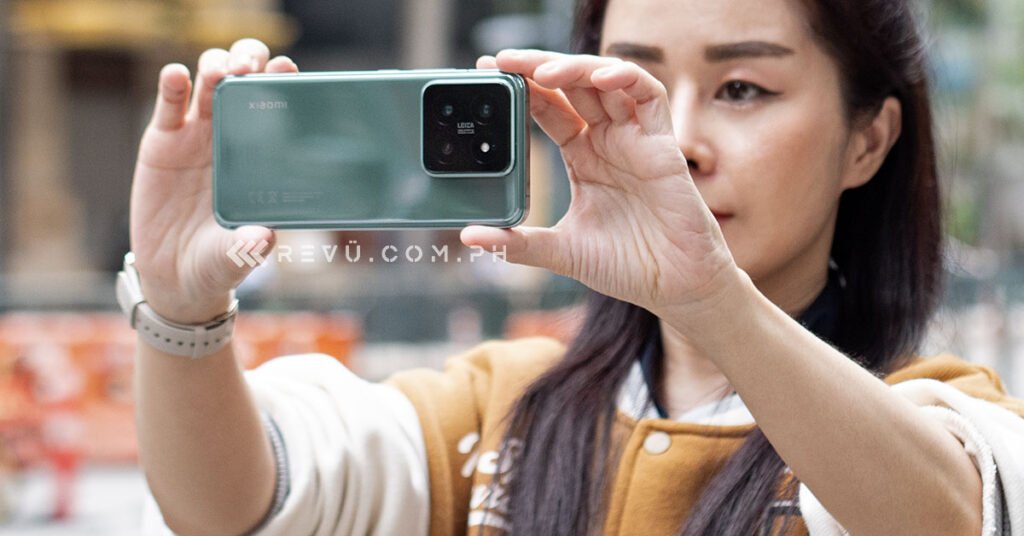
HDR performance has also been improved significantly over previous generations, thanks to the Light Fusion 900 sensor’s new single-frame approach. Instead of traditional HDR, which captures multiple photos of the same scene at different exposure levels, the Xiaomi 14 snaps a single frame and processes it through two amplification circuits, generating two exposures and seamlessly merging them. The result? Perfect HDR, even when your subject is on the move. Plus, the real-time HDR preview means what you see is what you get.
The secondary camera, on the other hand, is a 50-megapixel, 75mm-equivalent telephoto that still uses the floating-lens design from the previous series. The Xiaomi’s 14’s telephoto camera is identical to that of the Pro version and achieves focus as close as 10cm for macro photography, while also capable of up to 3.2x optical zoom and OIS.
The tertiary 50-megapixel camera is an ultrawide with a 14mm focus at an f/2.2 aperture, the same as what the Xiaomi 14 Pro has. This delivers a 115-degree field of view, so you can take landscape with more perspective.
Check out some photos we took on the Xiaomi 14. Like the previous generation, the Xiaomi 14 takes in two color filters — Leica Authentic and Leica Vibrant, with the latter being tailor-made for instant sharing on social media due to its more saturated (yet technically less accurate) colors. Images captured using the Leica Authentic filter have more natural tones akin to reality.
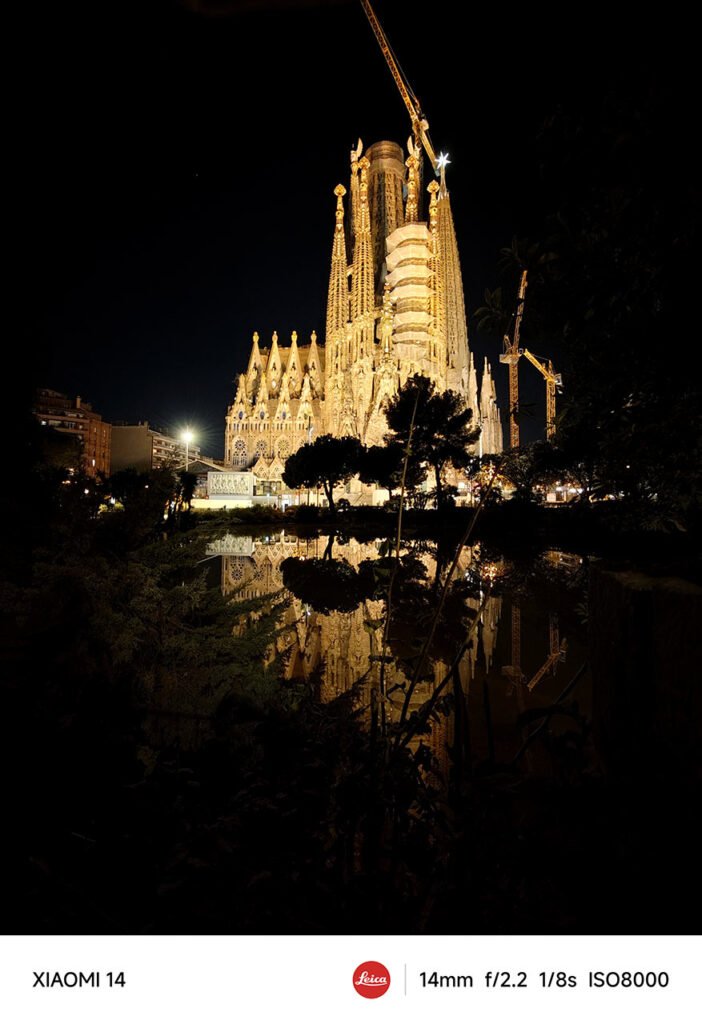
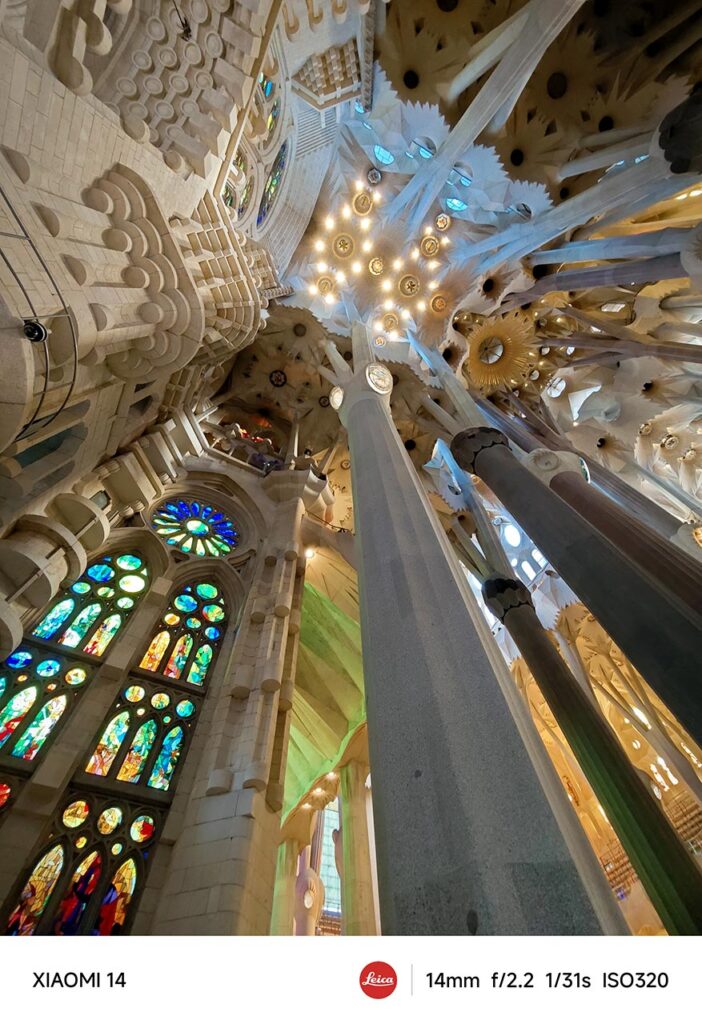
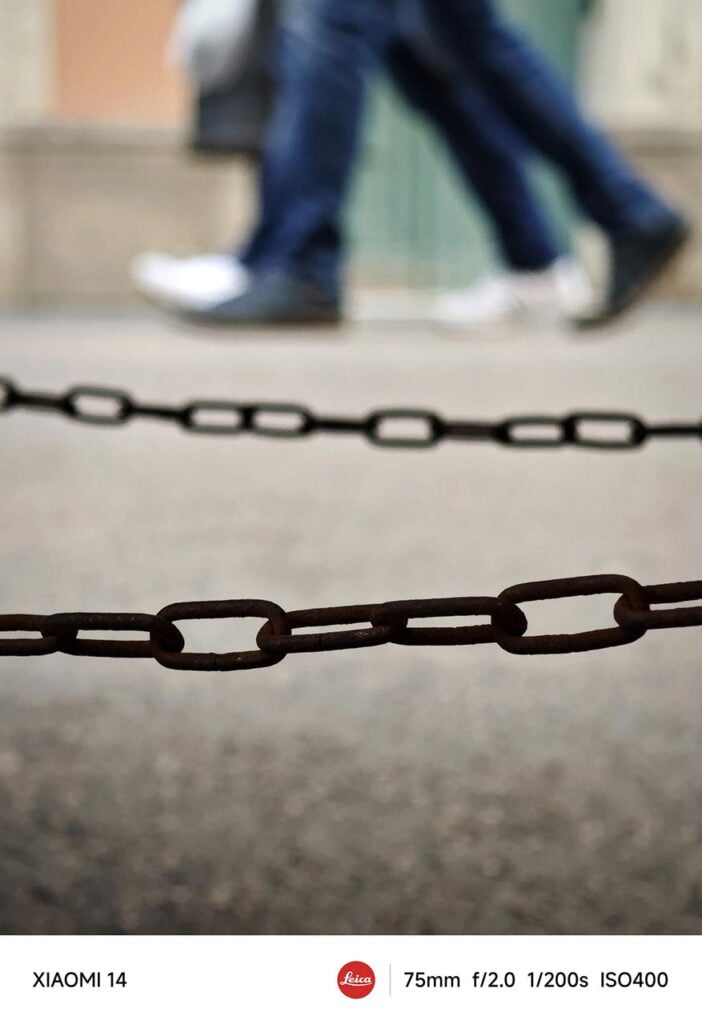


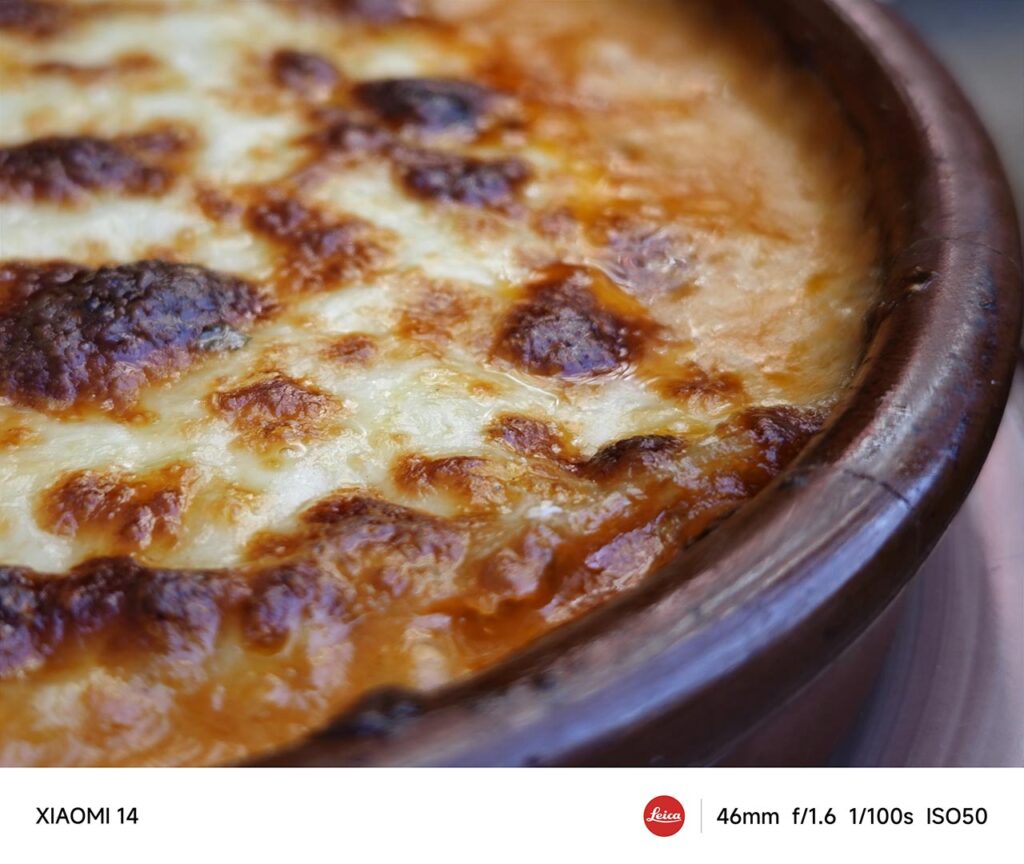
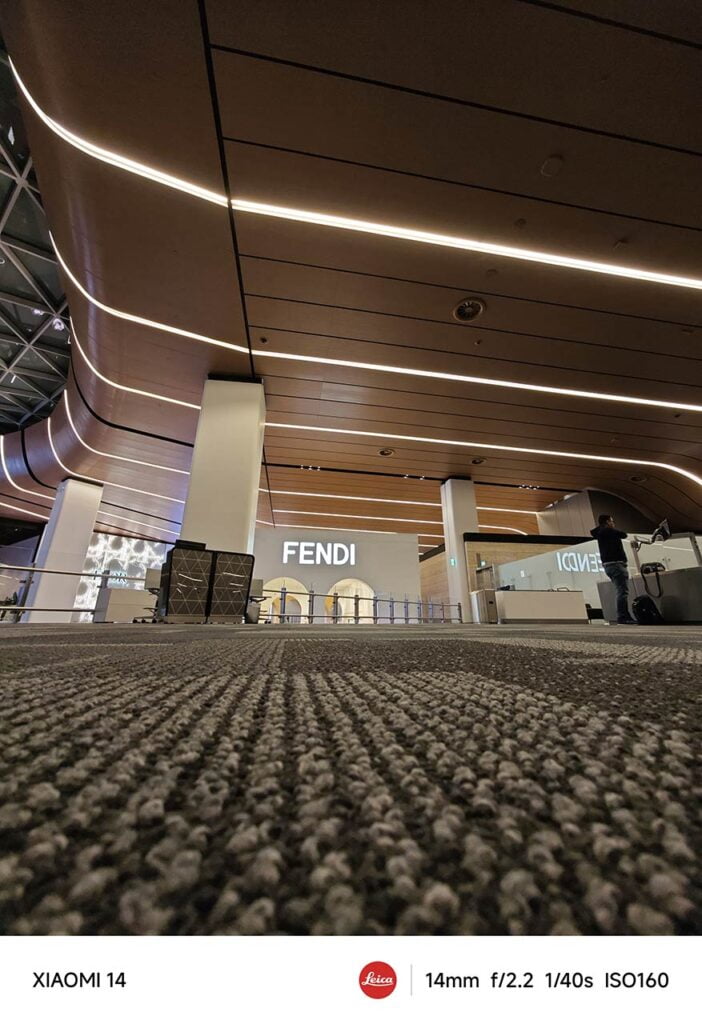
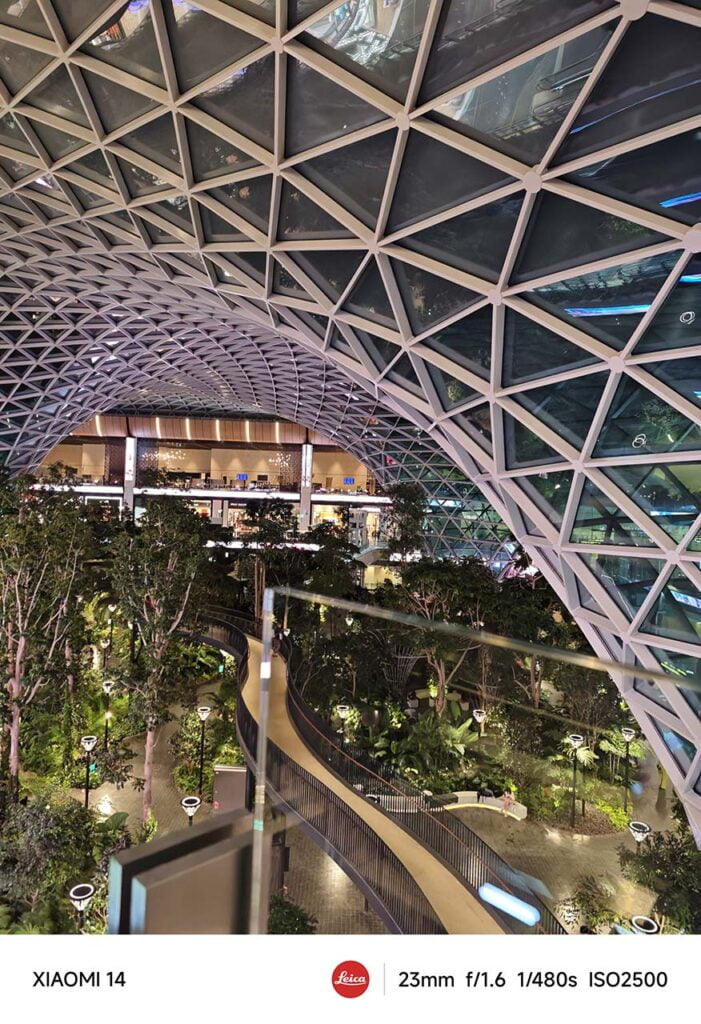
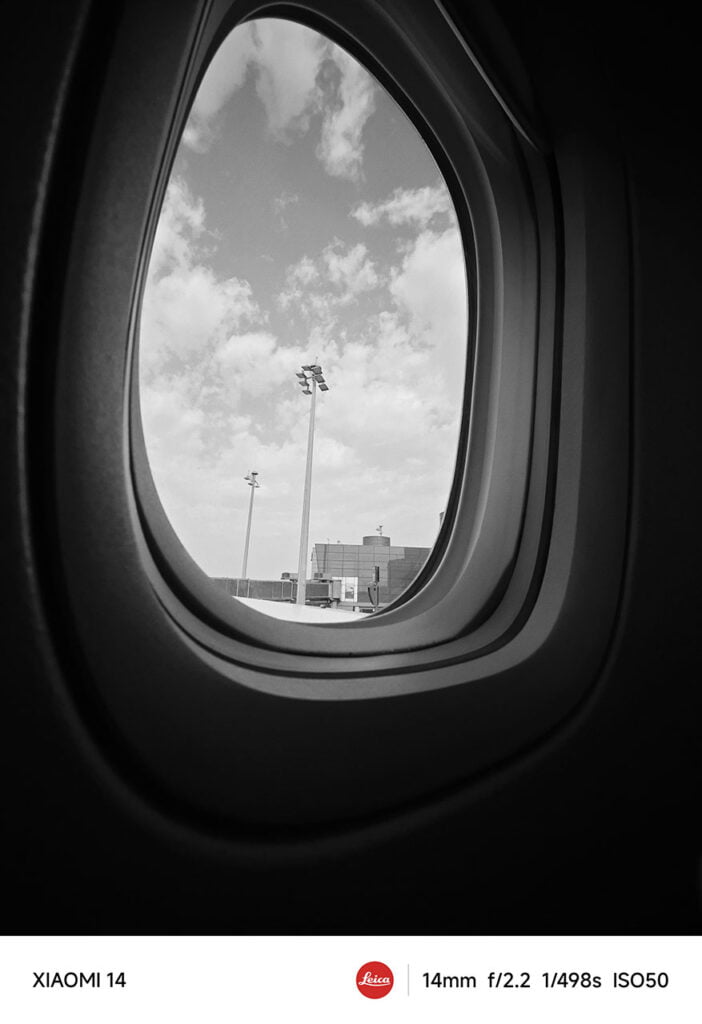
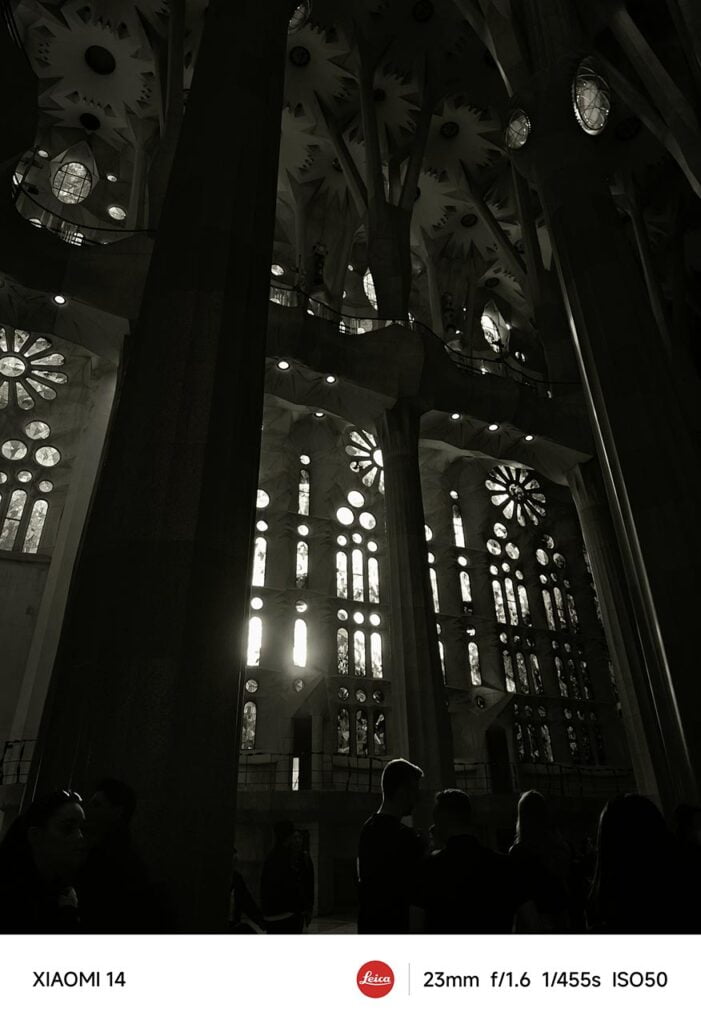


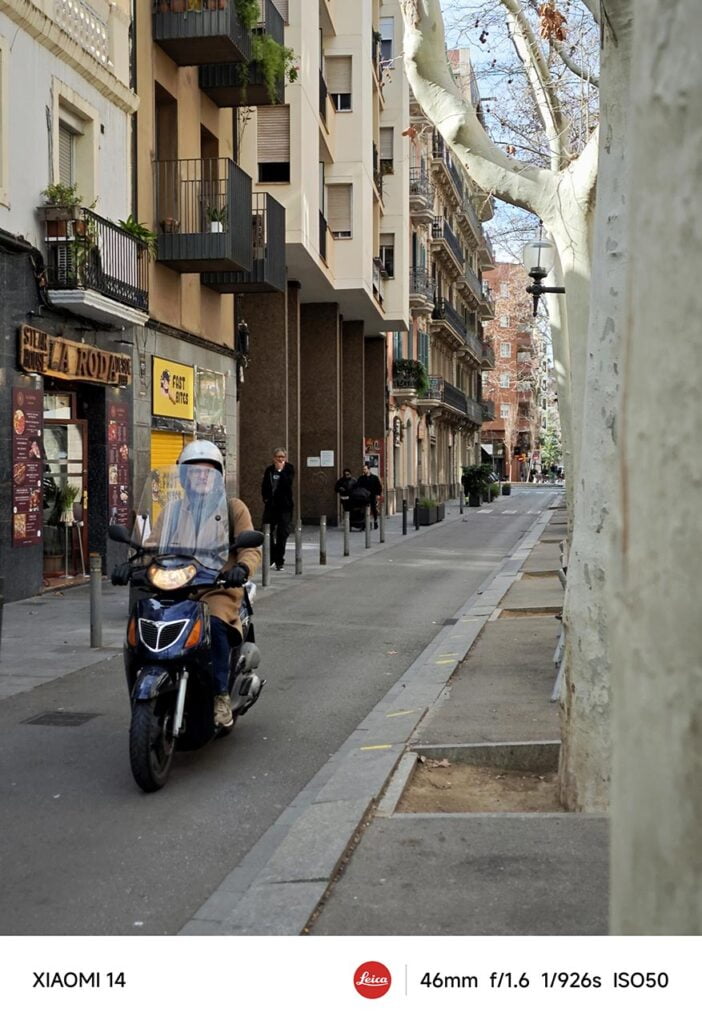
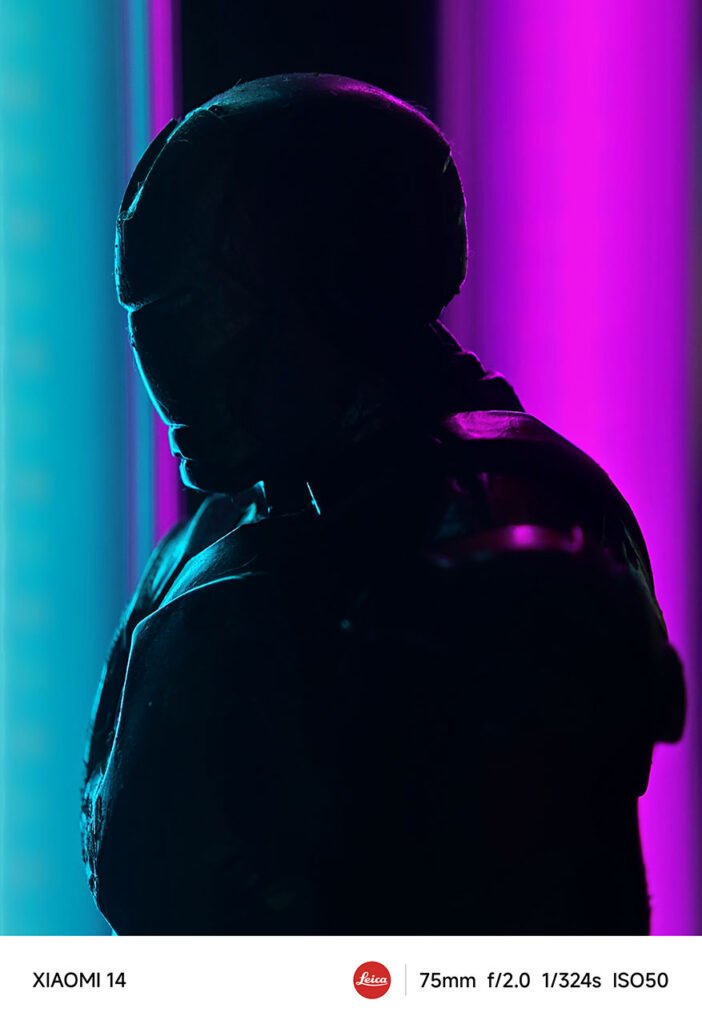
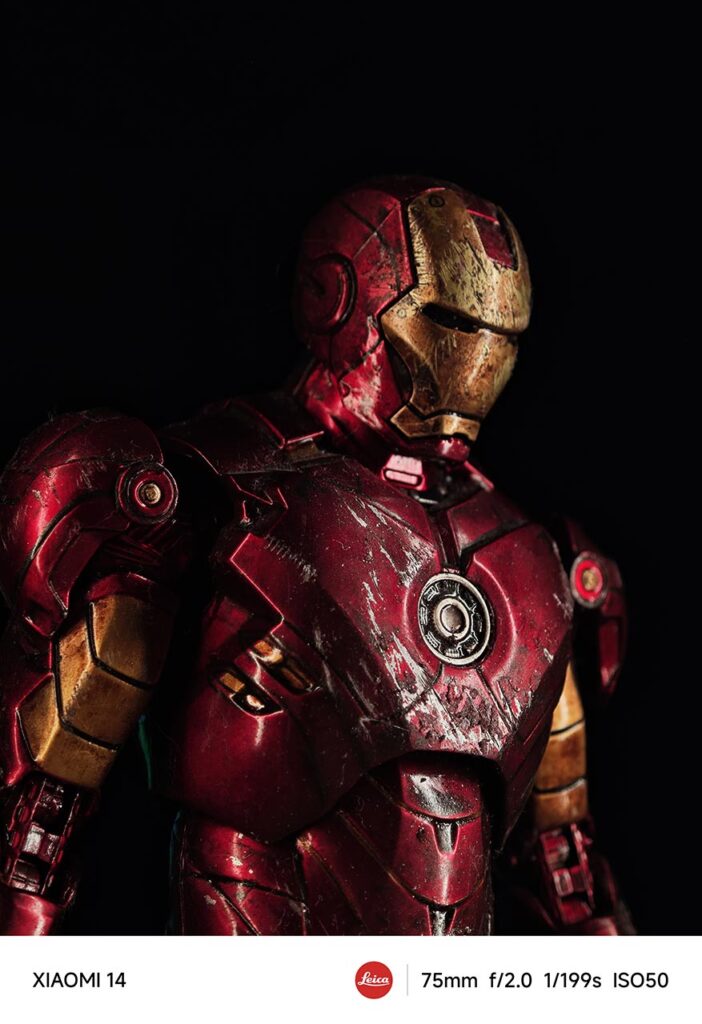

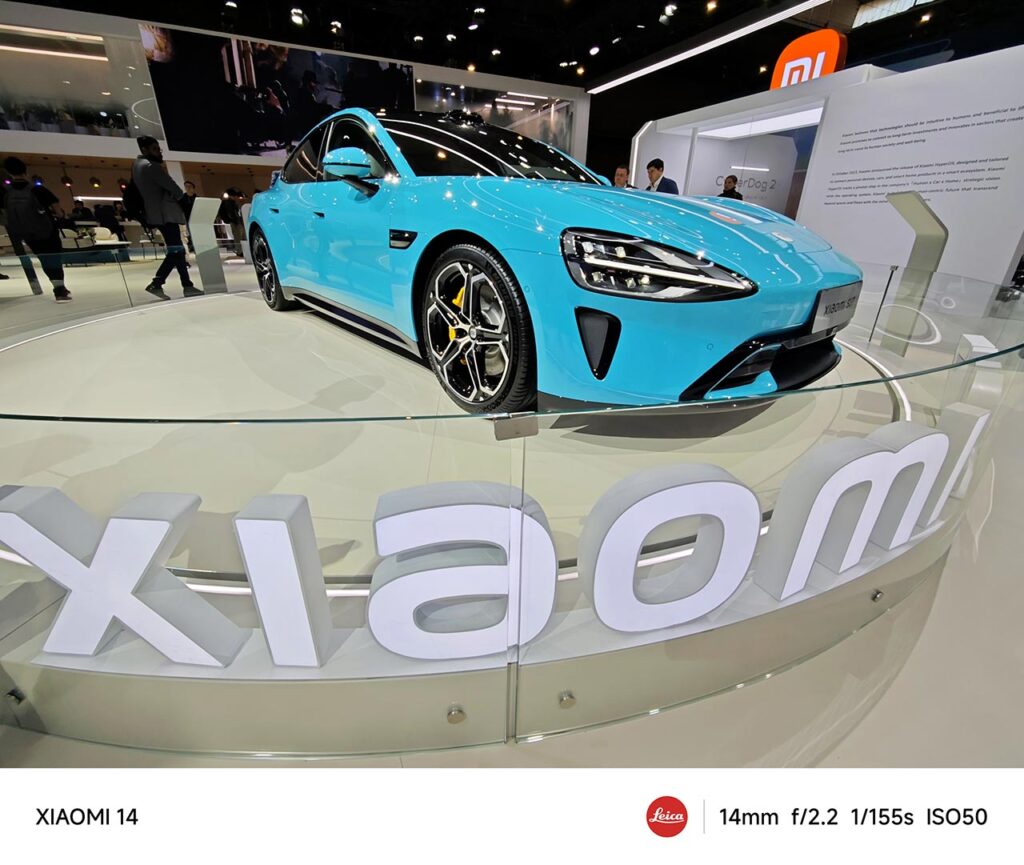
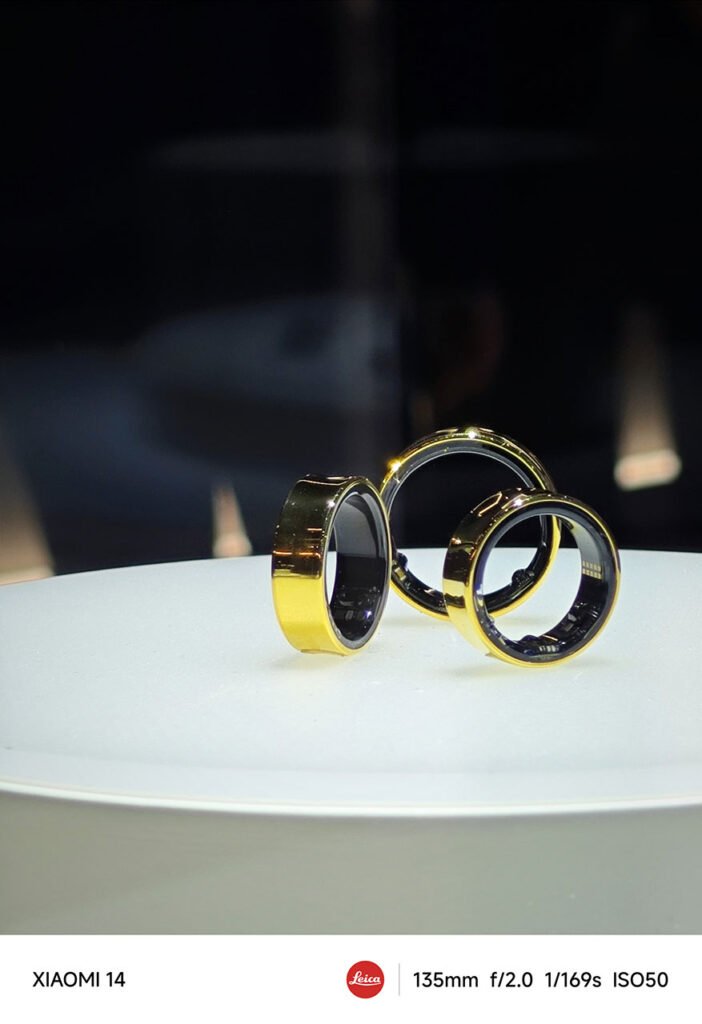
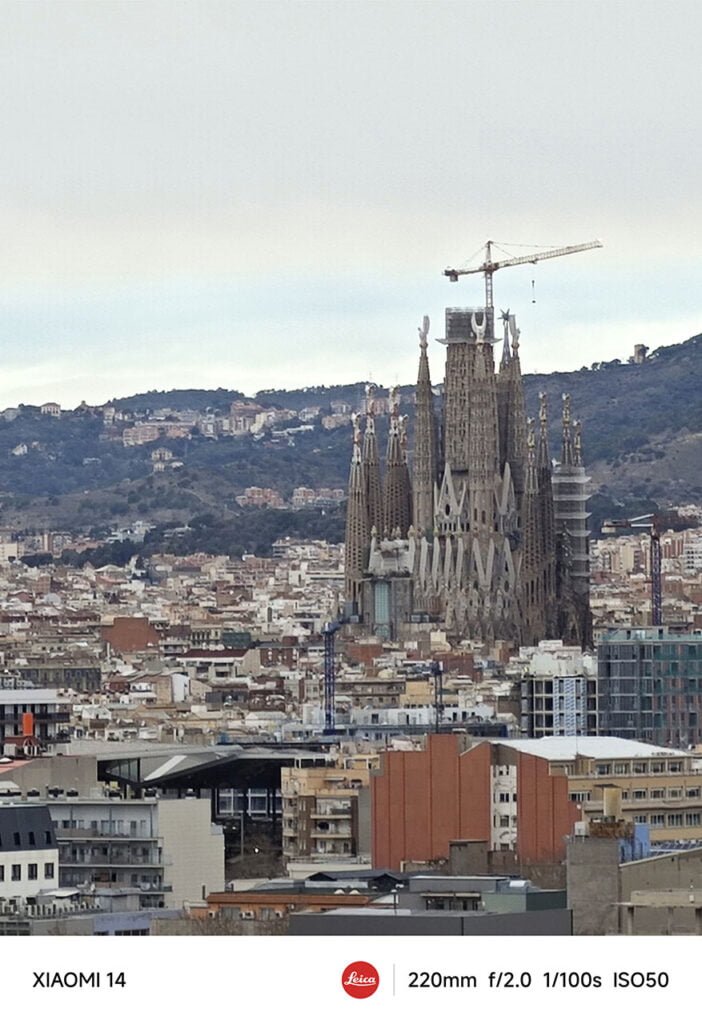
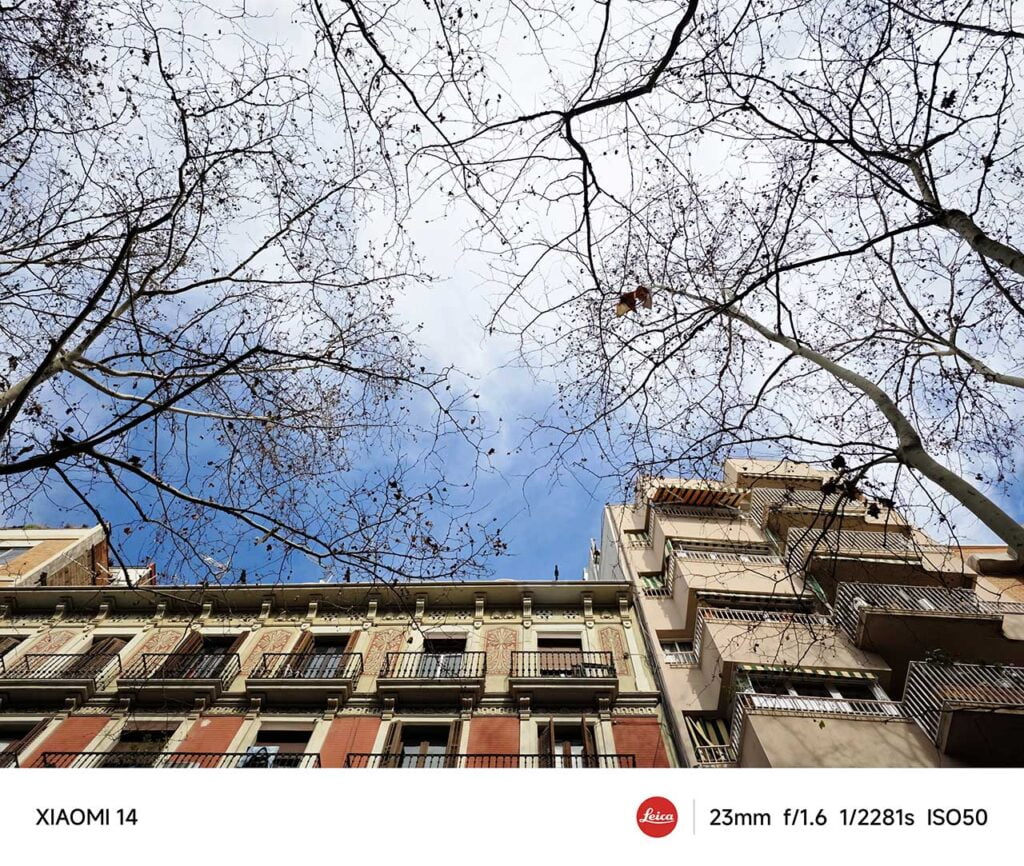

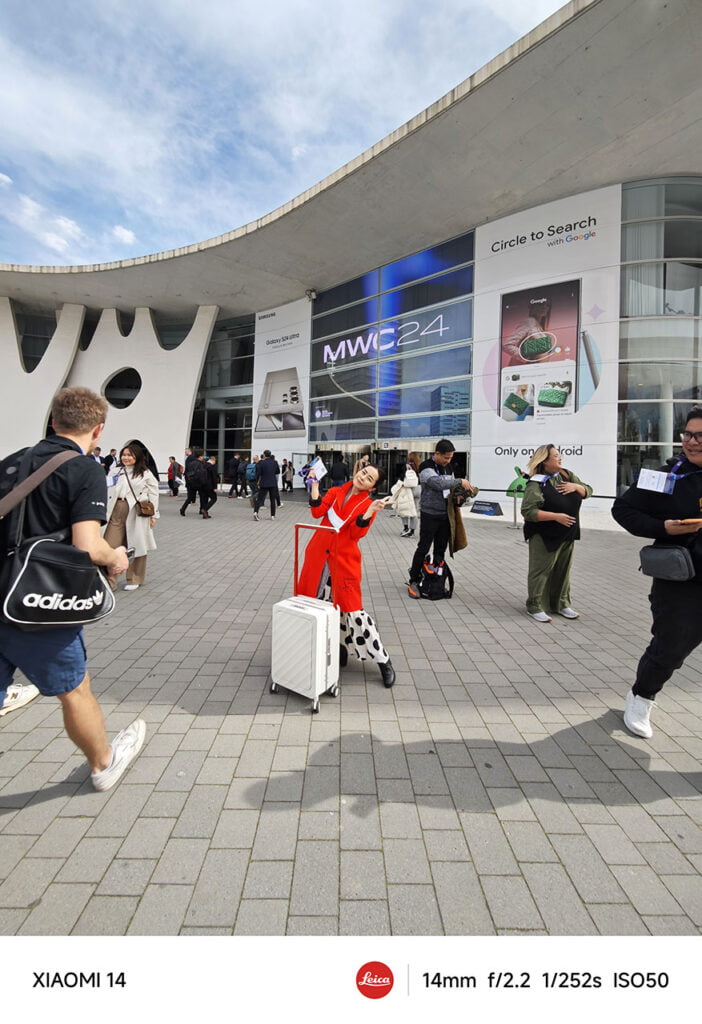

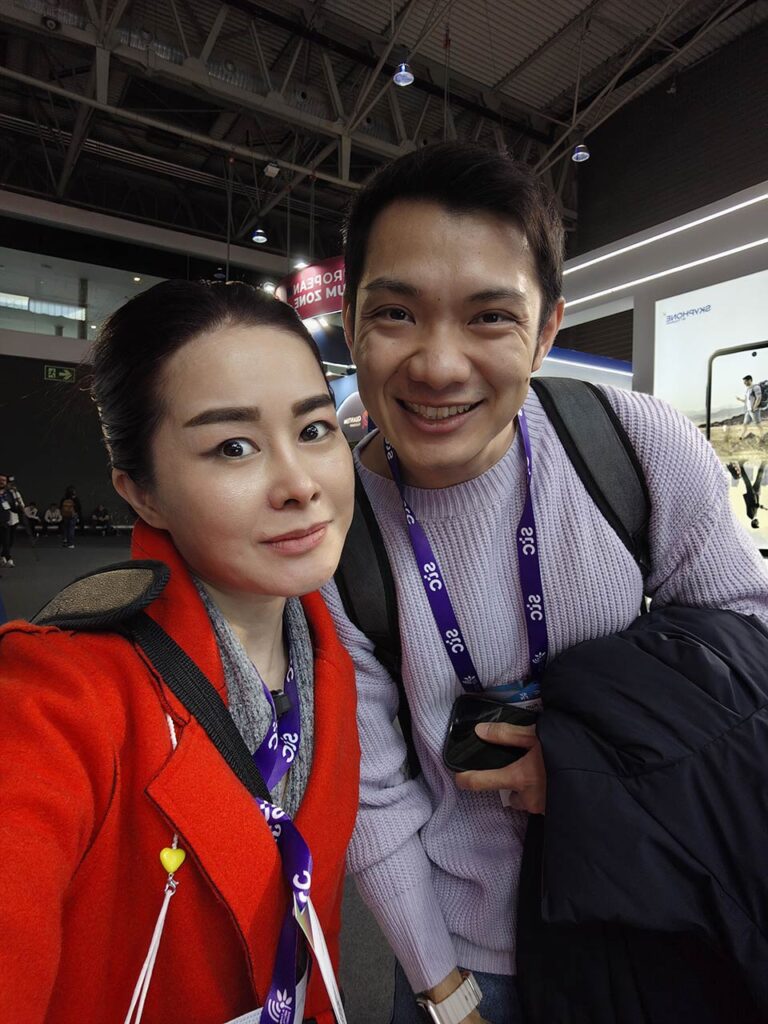
Sample shots, mostly taken in Barcelona, Spain, by Revü Philippines editor Alora Uy Guerrero
Overall, we think the Xiaomi 14 showcases a versatile camera system that delivers excellent results across various lighting conditions and shooting modes. The Light Fusion 900 image sensor, in particular, excels at light intake and dynamic-range control. Exposure balance is largely maintained, minimizing highlight clipping and preserving detail in darker regions. The benefits of the large sensor are evident in the natural background bokeh achieved in our closeup shots.
The telephoto is also impressive, with dedicated 35mm and 50mm modes, as well as multiple portrait-optimized zoom levels. The 35mm mode produced particularly stunning results. The company’s ultrawide offers strong image quality, too, although the contrast and peripheral sharpness could be improved.
Low-light performance impresses as well, with or without the dedicated Night mode to brighten shots. Detail preservation in challenging conditions is excellent, and color balance, while sometimes erring on the cooler side, maintains a natural look. The focus lock is generally swift, while shutter speeds remain responsive. As usual, Xiaomi’s Pro mode has ample manual controls.
The Xiaomi 14 camera system proves its worth with adaptability and consistently high image quality. While there’s still room for refinement, particularly in the ultrawide camera, the overall package makes it a compelling photography tool.
Bezels? What bezels?
Xiaomi has always pushed the boundaries with the displays on their top-end models, and the Xiaomi 14 is no exception. It’s a major step up for the lineup.
The first thing you’ll notice is how the display seems to melt into the edges of the phone. The brand has slimmed down the bezels even further, creating an almost true edge-to-edge experience that’s great for movies and gaming. And, yes, the flat screen lives on for those who prefer that classic feel. And at only 6.36 inches, the compact size of the screen makes it easy to handle and operate with one hand, making it an ideal choice for those who prefer a smartphone that fits comfortably in the hand like us.
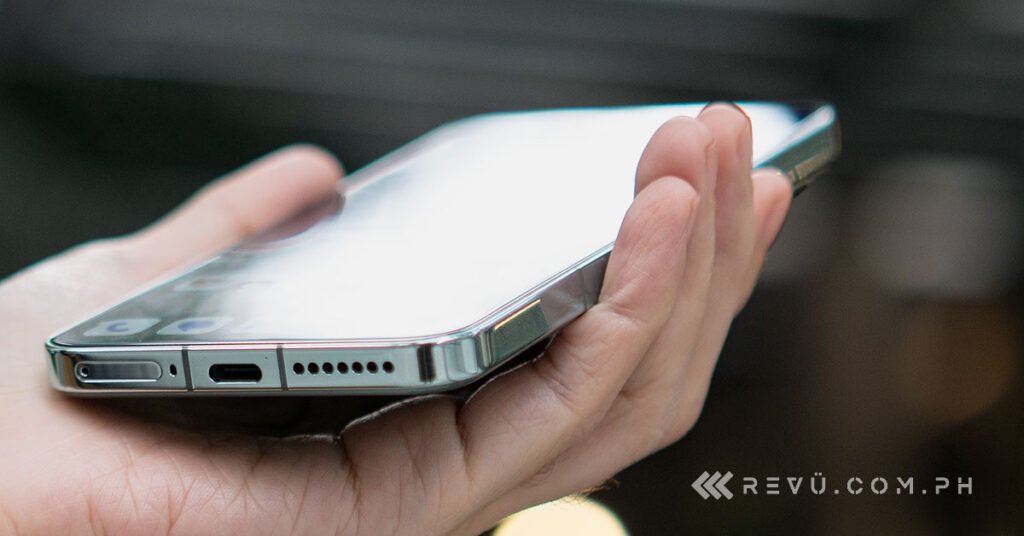
But the Xiaomi 14 doesn’t just feel good. It looks amazing, packing a brand-new C8 LTPO AMOLED panel made by TCL and sold exclusively to Xiaomi (at least for now). We’re talking about a 1.5K resolution squeezed in there — a big improvement over the FHD+ visuals of the previous model. At 460 dots per inch, everything from text to high-res photos will be razor-sharp.
This AMOLED can also get incredibly bright, peaking at 3,000 nits under certain conditions. Outdoors, in direct sunlight? No problem. That, along with spot-on color accuracy, makes for lifelike images that pop — a treat for mobile photographers as well as Netflix bingers, especially with Widevine L1 supported out of the box.
Of course, having an LTPO panel means greater flexibility in refresh-rate control. It’s not a 60Hz-, 90Hz-, or 120Hz-only affair. Depending on what’s being shown on the display at any time, the screen intelligently adjusts its refresh rate based on your activity, even going down as low as 1Hz in order to save battery. This means the screen intelligently adjusts its refresh rate based on your activity. Watching a movie? It might dial it down to save power. Intense gaming session? It can crank it up to 120Hz for smoother visuals and better responsiveness. It’s the best of both worlds: smooth interactions and longer battery life.
The Xiaomi 14 retains the aesthetic and premium build of its predecessor, so if you’re hoping for some improvements in the design department, you may be disappointed. Worse still, the new model isn’t thinner or lighter than what came before it. The front panel is now reinforced with stronger Corning Gorilla Glass Victus, while the middle frame still uses aluminum and keeps the overtly glossy finish that makes it a smudge magnet. The glass back of our green unit picks up fingerprints, but also wipes clean really easily as well.
Visually, the camera module is the not-so-appealing part of this otherwise appealing flagship. The flash is weirdly located in a camera ring, next to the IR blaster, and pretends to be a fourth camera. Squeezed in between the real cameras, the prestigious Leica badge has been rotated 90 degrees and relegated to the center of the camera module in favor of that awkward flash placement.
The Xiaomi 14 still boasts an IP68 rating, meaning it’s protected from dust getting inside and can withstand being submerged in fresh water up to a depth of 1.5 meters or approximately 5 feet for 30 minutes.
Obviously, the Xiaomi 14 isn’t just about its display, ergonomics, or camera prowess — it’s also a performance beast, thanks to Qualcomm’s latest and greatest Snapdragon 8 Gen 3 5G chipset. The top-of-the-line Snapdragon chip sports a unique 1+5+2 core structure. In English, that means it’s got one super-powerful prime core for graphics-intensive games and demanding tasks, like video editing or streaming, alongside five high-performance cores for the heavy lifting and two efficiency cores to handle background processes and conserve power.
Xiaomi claims a 32% CPU performance boost and a 34% jump in graphics work. Now, benchmarks don’t tell the whole story, but they give us an idea. Nobody cares about numbers alone, it’s about the feel. The Xiaomi 14 promises to be buttery smooth no matter what you throw at it. Expect apps to snap open and games to run at max settings without the frame rates dropping significantly after playing for an extended period of time.
As for our unit, it’s right up there among the fastest phones we’ve used, on a par with the Samsung Galaxy S24 Ultra and ASUS ROG Phone 8 Pro in day-to-day use and gaming. It achieved a remarkable score of almost 2 million points in the latest version of Antutu.
In terms of battery life, the Xiaomi 14 improves on its predecessor. Then again, that’s expected, given the slightly larger 4,610mAh cell and more efficient processor. We clocked in more than a day of use with some juice to spare. Sure, the screen-on time could be better, though Xiaomi’s standby optimizations make up for it. Here’s our phone usage on a day we took a lot of photos and streamed NBA games on the device. It might not look as power-efficient as we make it out to be, but trust us when we say that the Xiaomi 14 has enough battery capacity to last a day.
Now, about that charging speed. 90-watt wired is plenty fast, especially with the company’s proprietary tech. And, yes, you’ll need to use the bundled charger and turn on Boost charging speed in the Settings for peak speeds. But why not 120 watts like the 13T Pro or 14 Pro? Market strategy, maybe? At least we still get 50 watts wireless and 10-watt reverse charging. Xiaomi promises a 31-minute full charge. We managed to fill up the battery in 40 minutes. That’s still blazing and certainly worthy of true flagship status.
Final thoughts
The Xiaomi 14 isn’t about flashy looks. It’s like that quiet kid who suddenly hit a growth spurt and bulked up over the summer. There’s a bit of awkwardness to the rear design, but it’s all about the display, cameras, and power now.
Xiaomi has clearly listened to the complaints. That screen? Upgraded. The camera? Mostly excellent and on a par with the Xiaomi 14 Pro. The internals? Blazingly fast. And the size, still so comfortably compact. It’s a secret weapon in a world of grossly oversized and unwieldy smartphones. It won’t win beauty contests, but if you want raw performance, a camera that actually delivers, and a form factor that fits in your pocket without poking your thigh every time you sit or squat, the Xiaomi 14 is a smart choice.
The legend is finally here! Get the #Xiaomi14 at your nearest Xiaomi Store now. Available for as low as Php 45,999 + FREE Xiaomi Watch S3 worth Php 6,999 until March 7, 2024. #LensToLegend
— Xiaomi Philippines (@Xiaomi_PH) February 29, 2024
Xiaomi Stores: https://t.co/X91poeRdk2 pic.twitter.com/tseMqDDPZR
Availability
Xiaomi 14 specs
- 6.36-inch LTPO OLED display, 1.2K resolution, 1-120Hz variable refresh rate, 3,000 nits peak brightness
- 4nm Qualcomm Snapdragon 8 Gen 3 5G processor
- Adreno 750 GPU
- 8GB/12GB/16GB RAM
- 256GB/512GB/1TB UFS 4.0 storage
- Triple 50-megapixel main with OIS, 50-megapixel telephoto with OIS, 50-megapixel ultrawide rear cameras with Leica lens and tuning
- 32-megapixel front camera
- Under-display fingerprint reader
- 4,610mAh battery with 90-watt fast wired charging
- HyperOS based on Android 14
- IP68 certification
- Color options: Black, silver, pink, and green
Share this Post

